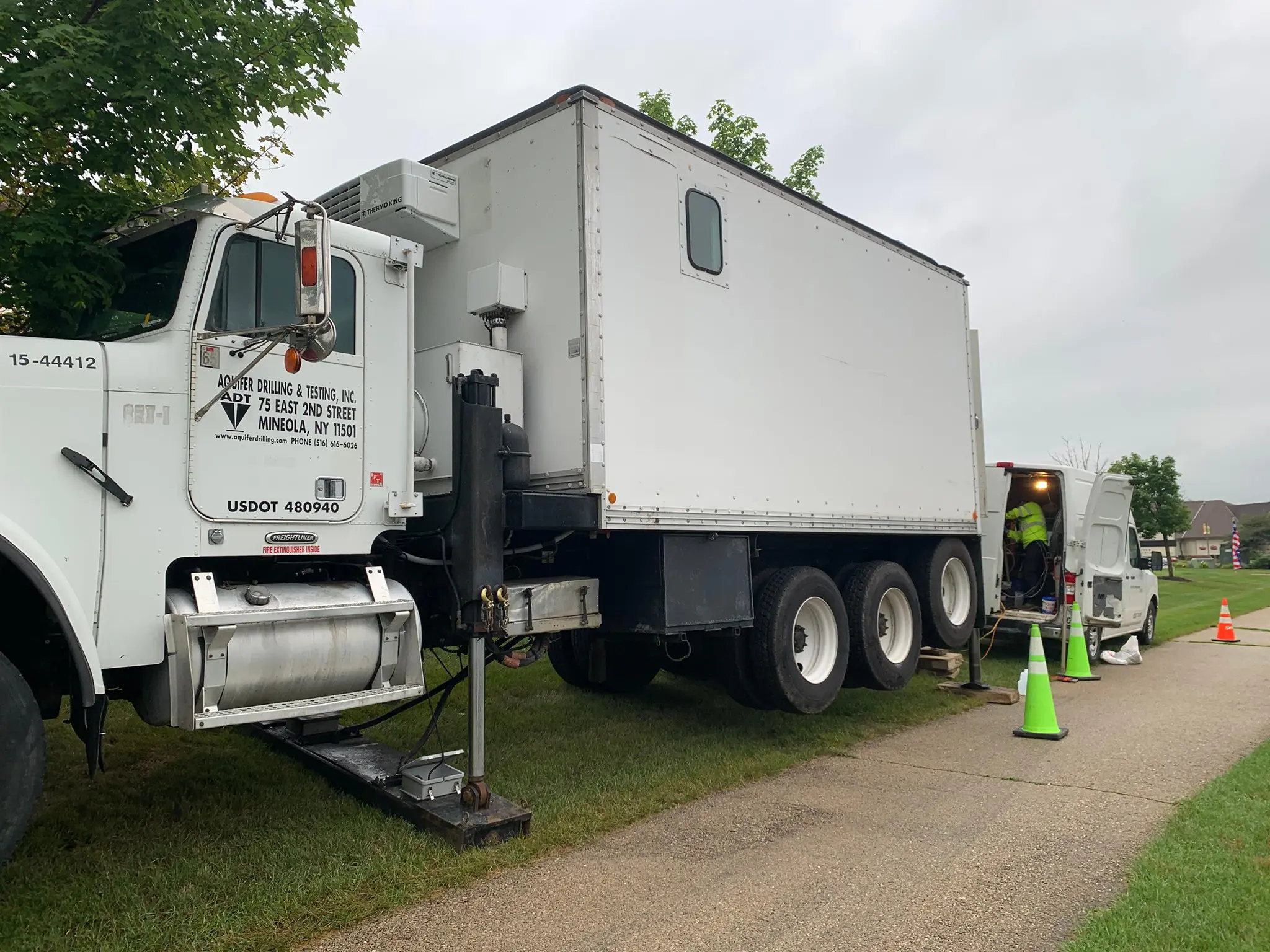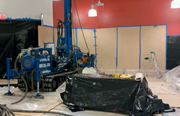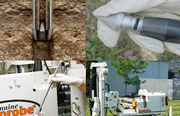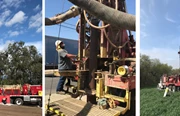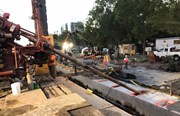Difficult Drilling: The Differences Between Restricted Access and Limited Access
By: Bill PoupisEnvironmental professionals often use two terms interchangeably: “restricted access” and “limited access.” While there is overlap between the two terms, they are not, in fact, the same thing—and neither are restricted access rigs and limited access rigs. There are actually several types, each with its own strengths, that can allow you to drill in difficult spots whether you’re using sonic, mud, air, auger, rotary, direct push or another technology. It’s important to be familiar with these options because, as every consultant knows, federal agencies like the DEC or EPA drive your projects and where you drill is often not up to you.
In an upcoming pre-recorded webinar, Limited Access Drilling: How to Do More With Less, Shawn Miller and I discuss how you can best utilize restricted access/limited access drilling rigs in your projects.
In this blog post, I’ll explain the main differences between these tools, and discuss some scenarios in which they could be utilized.
First, let’s talk about the difference between “restricted access” and “limited access.”
Restricted access refers to a site where the location literally restricts modes of access. This might mean it’s in the middle of a field or in a wooded area, with no paved road or driveway leading to it.
Limited access refers to a location that limits the tools and resources that can be used, usually due to a small footprint—think of a narrow alleyway or an indoor location with height restrictions.
Now that we know how to define a project, let’s talk about the four main types of rigs for restricted or limited access sites.
Track units, as you might guess, run on tracks similar to those of a tank. They can maneuver in either direction and are capable of going off the beaten path. This type of rig is a good option for restricted access sites, where there is no paved roadway in. However, track units are not suitable for hilly or rocky environments—they are not all-terrain vehicles.
Limited access units, like our collapsible rigs, are new to our industry. Their chief benefit is that they are compact and light enough to be transported in pieces via a pick-up truck, carried onto a project site, then assembled at the boring location.
Classic units, like a Geoprobe 420M, are those that reduce the footprint of the drill rig by separating the power source from the drill. The power pack on these units may be up to several hundred feet away, which is also a benefit in enclosed environments where fumes may become a problem.
Electric units are not traditionally considered for projects as they are somewhat “rare” to our industry, but there are applications where they very well may be the best option. Similar to classic units, they do not require a power source on the rig, and they do not emit harmful fumes.
Let’s walk through a few scenarios in which we would need to select a rig for a restricted or limited access project.
Scenario 1: Below the Building
The property owner hired a consultant to conduct a site investigation to determine contamination levels beneath his multi-story building. In years past, drilling for a direct sample would not have been possible; consultants would have sampled nearby and extrapolated. However, newer methods and technology make it possible to drill from the basement level, taking the guesswork out of the site investigation.
In this scenario, we knew the building and possibly room sizes would make it difficult to drill, so we selected the limited access rig that we could carry in by hand truck and assemble on site before drilling.
Scenario 2: Road to Nowhere
Working for the NYSDOT, we are sometimes asked to take samples away from the roadway, on the opposite side of the guard rail. There are no roads leading to the drill sites and terrain may be muddy or rocky.
The limitations of this scenario are the lack of paved roadways to allow access with a traditional truck mounted rig. This is a perfect scenario for a track mounted unit because of its maneuverability and wide surface area provided by each track.
Scenario 3: Do Not Disturb The Tenants
A client wanted sampling conducted at an active facility, with no disruption to building tenants. This required off shift hours and arrival to the site each day at 5 PM to stage equipment, which included setting up a generator outside. An electric rig was connected to the generator with over 300-feet of umbilical cord to power and allow it to track inside the building. Each morning by 7 AM, this process would occur again only in reverse so the building could be used by tenants.
Obstacles included narrow hallways, corners, carpets, and an indoor fountain. Despite all the potential hazards, we were able to complete the job—and tenants were unaware we’d ever been there, much less for several months.
It’s important to know how to define the spatial limitations of a drilling project so you’re better able to select the right tools for your needs.



